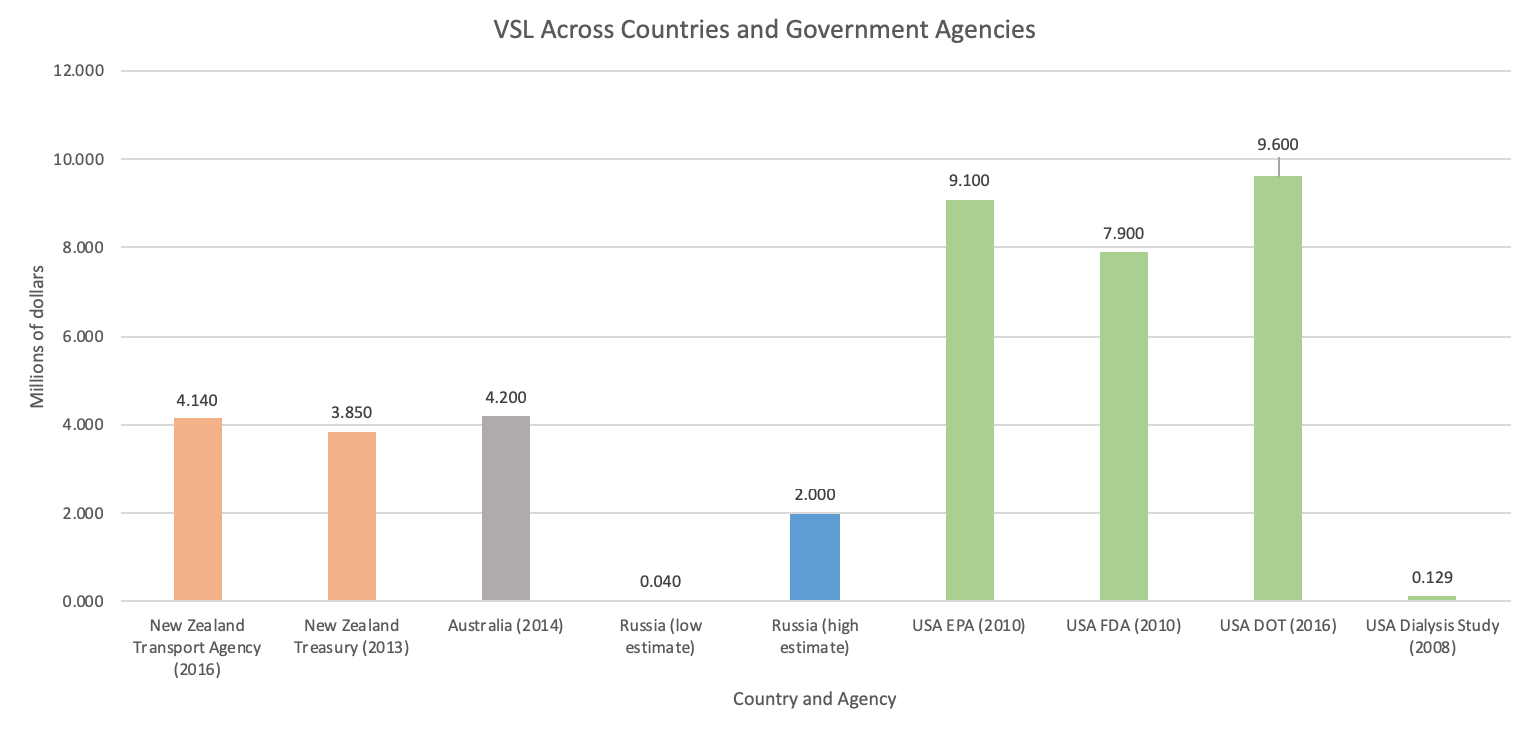|
Demographic Economics
Demographic economics or population economics is the application of economic analysis to demography, the study of human populations, including size, growth, density, distribution, and vital statistics. Aspects Aspects of the subject include * marriage and fertility * the family * divorce * morbidity and life expectancy/mortality * dependency ratios * migration * population growth * population size * public policy * the demographic transition from " population explosion" to (dynamic) stability or decline. Other subfields include measuring value of life and the economics of the elderly and the handicapped and of gender, race, minorities, and non-labor discrimination. In coverage and subfields, it complements labor economics and implicates a variety of other economics subjects. __NOTOC__ Subareas The '' Journal of Economic Literature'' classification codes are a way of categorizing subjects in economics. There, demographic economics is paired with labour economics ... [...More Info...] [...Related Items...] OR: [Wikipedia] [Google] [Baidu] |
Economic
An economy is an area of the production, distribution and trade, as well as consumption of goods and services. In general, it is defined as a social domain that emphasize the practices, discourses, and material expressions associated with the production, use, and management of scarce resources'. A given economy is a set of processes that involves its culture, values, education, technological evolution, history, social organization, political structure, legal systems, and natural resources as main factors. These factors give context, content, and set the conditions and parameters in which an economy functions. In other words, the economic domain is a social domain of interrelated human practices and transactions that does not stand alone. Economic agents can be individuals, businesses, organizations, or governments. Economic transactions occur when two groups or parties agree to the value or price of the transacted good or service, commonly expressed in a certain currency. Ho ... [...More Info...] [...Related Items...] OR: [Wikipedia] [Google] [Baidu] |
Population Decline
A population decline (also sometimes called underpopulation, depopulation, or population collapse) in humans is a reduction in a human population size. Over the long term, stretching from prehistory to the present, Earth's total human population has continued to grow; however, current projections suggest that this long-term trend of steady population growth may be coming to an end. Until the beginning of the Industrial Revolution, global population grew very slowly. After about 1800, the growth rate accelerated to a peak of 2.09% annually during the 1967–1969 period, but since then, due to the worldwide collapse of the total fertility rate, it has declined to 1.05% as of 2020. The global growth rate in absolute numbers accelerated to a peak of 92.9 million in 1988, but has declined to 81.3 million in 2020. Long-term projections indicate that the growth rate of the human population of this planet will continue to decline and that by the end of the 21st century, it will reach ... [...More Info...] [...Related Items...] OR: [Wikipedia] [Google] [Baidu] |
Income And Fertility
Income and fertility is the association between monetary gain on one hand, and the tendency to produce offspring on the other. There is generally an inverse correlation between income and the total fertility rate within and between nations. The higher the degree of education and GDP per capita of a human population, subpopulation or social stratum, the fewer children are born in any developed country. In a 1974 United Nations population conference in Bucharest, Karan Singh, a former minister of population in India, illustrated this trend by stating "Development is the best contraceptive." Demographic-economic paradox Herwig Birg has called the inverse relationship between income and fertility a “demo-economic paradox”''.'' Evolutionary biology predicts that more successful individuals (and by analogy countries) should seek to develop optimum conditions for their life and reproduction. However, in the last half of the 20th century it has become clear that the economic succes ... [...More Info...] [...Related Items...] OR: [Wikipedia] [Google] [Baidu] |
Growth Economics
Economic growth can be defined as the increase or improvement in the inflation-adjusted market value of the goods and services produced by an economy in a financial year. Statisticians conventionally measure such growth as the percent rate of increase in the real gross domestic product, or real GDP. Growth is usually calculated in real terms – i.e., inflation-adjusted terms – to eliminate the distorting effect of inflation on the prices of goods produced. Measurement of economic growth uses national income accounting. Since economic growth is measured as the annual percent change of gross domestic product (GDP), it has all the advantages and drawbacks of that measure. The economic growth-rates of countries are commonly compared using the ratio of the GDP to population (per-capita income). The "rate of economic growth" refers to the geometric annual rate of growth in GDP between the first and the last year over a period of time. This growth rate represents the trend in ... [...More Info...] [...Related Items...] OR: [Wikipedia] [Google] [Baidu] |
Generational Accounting
Generational accounting is a method of measuring the fiscal burdens facing current and future generations. Generational accounting considers how much each adult generation, on a per person basis, is likely to pay in future taxes net of transfer payments, over the rest of their lives. Laurence Kotlikoff's individual and co-authored work on the relativity of fiscal language demonstrates that conventional fiscal measures, including the government's deficit, are not well defined from the perspective of economic theory. Instead, their measurement reflects economically arbitrary fiscal labeling conventions. "Economics labeling problem," as Kotlikoff calls it, has led to gross misreadings of the fiscal positions of different countries. This starts with the United States, which has a relatively small debt-to-GDP ratio, but is, arguably, in worse fiscal shape than any developed country. Kotlikoff's identification of economics labeling problem, beginning with his 1984 ''Deficit Delusion ... [...More Info...] [...Related Items...] OR: [Wikipedia] [Google] [Baidu] |
Cost Of Raising A Child
The cost of raising a child varies from country to country. The cost of raising a child is usually determined according to a formula that accounts for major areas of expenditure, such as food, housing, and clothing. However, any given family's actual expenses may differ from the estimates. For example, the rent on a home does not usually change when the tenants have another child, so the family's housing costs may remain the same. In other cases, the home may be too small, in which case the family might move to a larger home at a higher cost. The formula may also account for inflation, as prices are constantly changing, and it will inadvertently affect how much it costs to raise a child. Developing countries According to Globalissues.org, "Almost half the world—over three billion people—live on less than US$2.50 a day." This statistic includes children. The calculation of the cost to raise a child in developing countries is difficult, since families often do not operate with c ... [...More Info...] [...Related Items...] OR: [Wikipedia] [Google] [Baidu] |
Value Of Life
The value of life is an economic value used to quantify the benefit of avoiding a fatality. It is also referred to as the cost of life, value of preventing a fatality (VPF), implied cost of averting a fatality (ICAF), and value of a statistical life (VSL). In social and political sciences, it is the marginal cost of death prevention in a certain class of circumstances. In many studies the value also includes the quality of life, the expected life time remaining, as well as the earning potential of a given person especially for an after-the-fact payment in a wrongful death claim lawsuit. As such, it is a statistical term, the cost of reducing the average number of deaths by one. It is an important issue in a wide range of disciplines including economics, health care, adoption, political economy, insurance, worker safety, environmental impact assessment, and globalization. The motivation for placing a monetary value on life is to enable policy and regulatory analysts to allocate the ... [...More Info...] [...Related Items...] OR: [Wikipedia] [Google] [Baidu] |
JEL Classification Codes
Articles in economics journals are usually classified according to JEL classification codes, which derive from the ''Journal of Economic Literature''. The ''JEL'' is published quarterly by the American Economic Association (AEA) and contains survey articles and information on recently published books and dissertations. The AEA maintains EconLit, a searchable data base of citations for articles, books, reviews, dissertations, and working papers classified by JEL codes for the years from 1969. A recent addition to EconLit is indexing of economics journal articles from 1886 to 1968 parallel to the print series ''Index of Economic Articles''. Structure There are 26 primary JEL categories: ;JEL Subcategories: Each JEL primary category has secondary and tertiary subcategories, for example, under JEL: D – Microeconomics: :JEL: D1 – Household Behavior and Family Economics ::JEL: D11 – Consumer Economics: TheoryAn alphabetic list of category links constructed as corresponding JEL-c ... [...More Info...] [...Related Items...] OR: [Wikipedia] [Google] [Baidu] |
Journal Of Economic Literature
The ''Journal of Economic Literature'' is a peer-reviewed academic journal, published by the American Economic Association, that surveys the academic literature in economics. It was established in 1963 as the ''Journal of Economic Abstracts'',Journal of Economic Literature: About JEL retrieved 6 May 2011. and is currently one of the highest ranked journals in economics. /ref> As a review journal, it mainly features essays and reviews of recent economic theories (as opposed to the latest research). The |
The New Palgrave Dictionary Of Economics
''The New Palgrave Dictionary of Economics'' (2018), 3rd ed., is a twenty-volume reference work on economics published by Palgrave Macmillan. It contains around 3,000 entries, including many classic essays from the original Inglis Palgrave Dictionary, and a significant increase in new entries from the previous editions by the most prominent economists in the field, among them 36 winners of the Sveriges Riksbank Prize in Economic Sciences in Memory of Alfred Nobel. Articles are classified according to ''Journal of Economic Literature'' (''JEL'') classification codes. ''The New Palgrave'' is also available in a hyperlinked online version. Online content is added to the 2018 edition, and a 4th edition under the editorship of J. Barkley Rosser Jr., Esteban Pérez Caldentey, and Matías Vernengo will be published in the future. The first edition was titled ''The New Palgrave: A Dictionary of Economics'' (1987), was and edited by John Eatwell, Murray Milgate, and Peter Newman, as a ... [...More Info...] [...Related Items...] OR: [Wikipedia] [Google] [Baidu] |
National Bureau Of Economic Research
The National Bureau of Economic Research (NBER) is an American private nonprofit research organization "committed to undertaking and disseminating unbiased economic research among public policymakers, business professionals, and the academic community". The NBER is well known for providing start and end dates for recessions in the United States. Many chairpersons of the Council of Economic Advisers were previously NBER Research Associates, including the former NBER president and Harvard Professor, Martin Feldstein. The NBER's president and CEO is James M. Poterba of MIT. History The NBER was founded in 1920. Its first staff economist, director of research, and one of its founders was American economist Wesley Clair Mitchell. He was succeeded by Malcolm C. Rorty in 1922. The Russian American economist Simon Kuznets, a student of Mitchell, was working at the NBER when the U.S. government recruited him to oversee the production of the first official estimates of national i ... [...More Info...] [...Related Items...] OR: [Wikipedia] [Google] [Baidu] |
_per_capita_in_2020.png)


